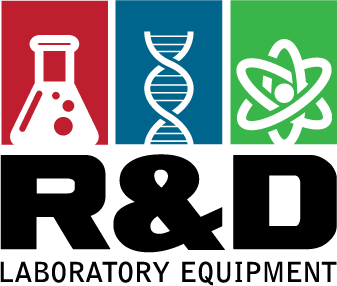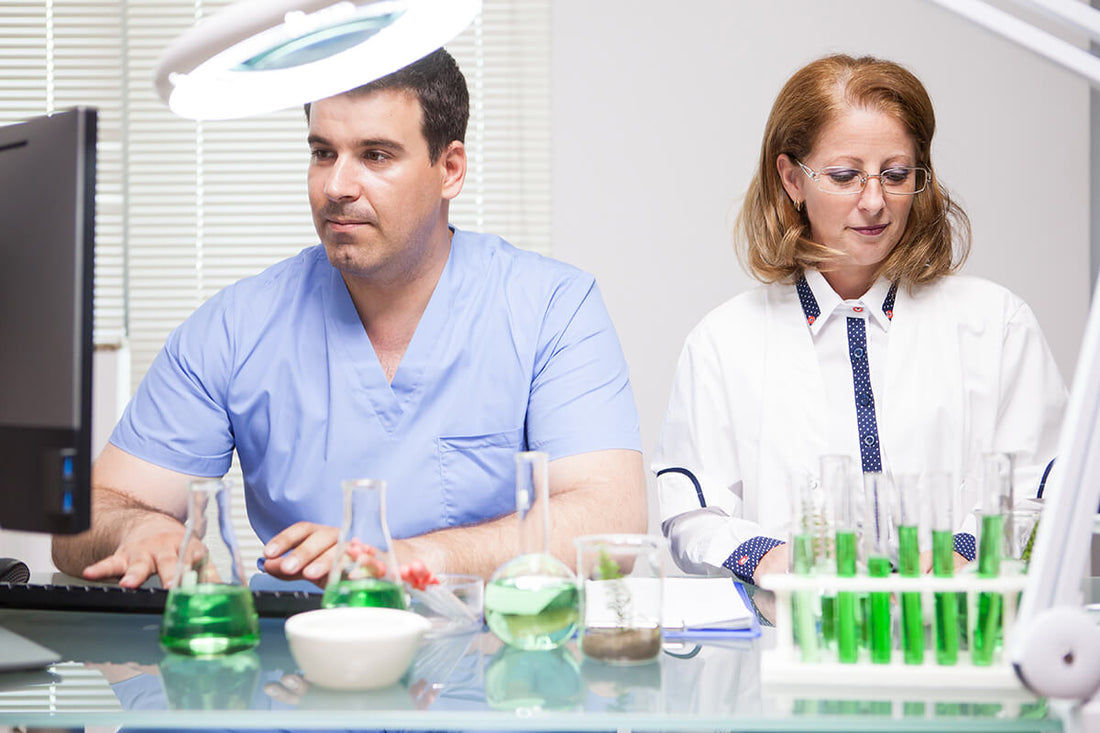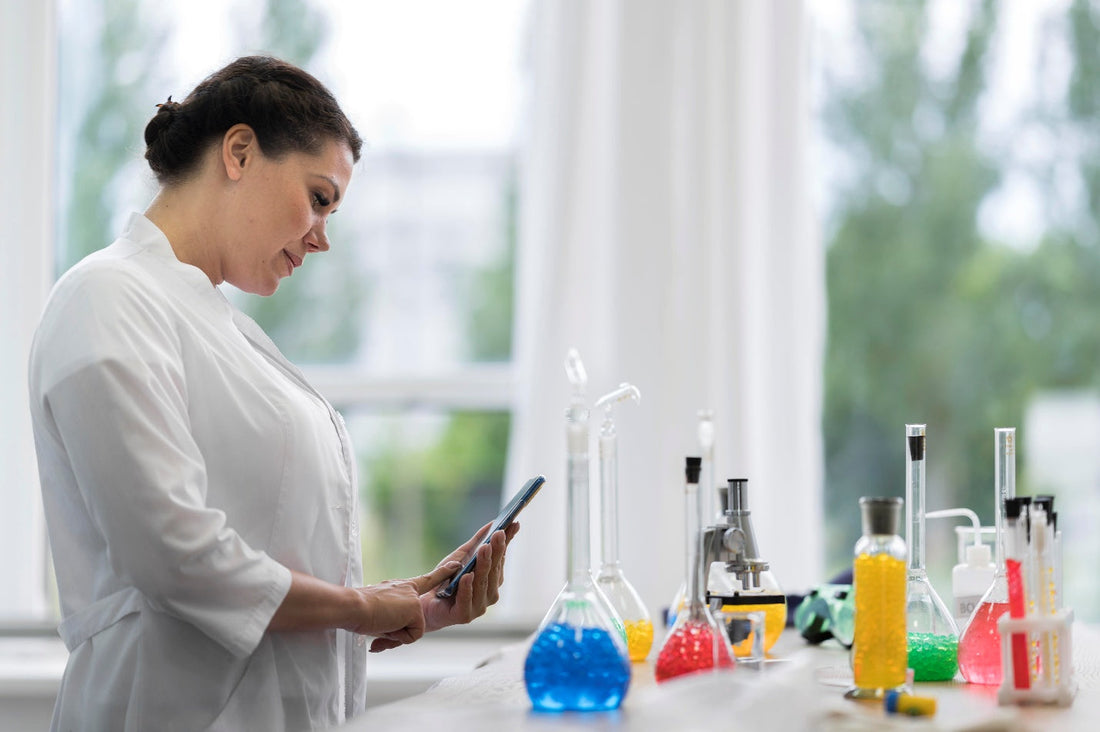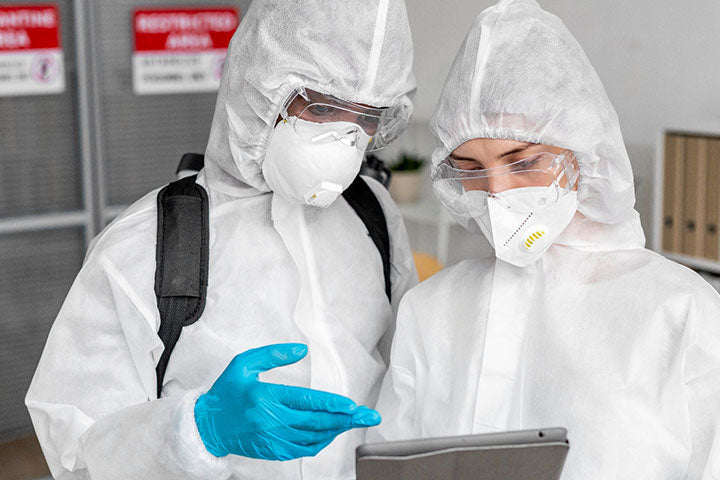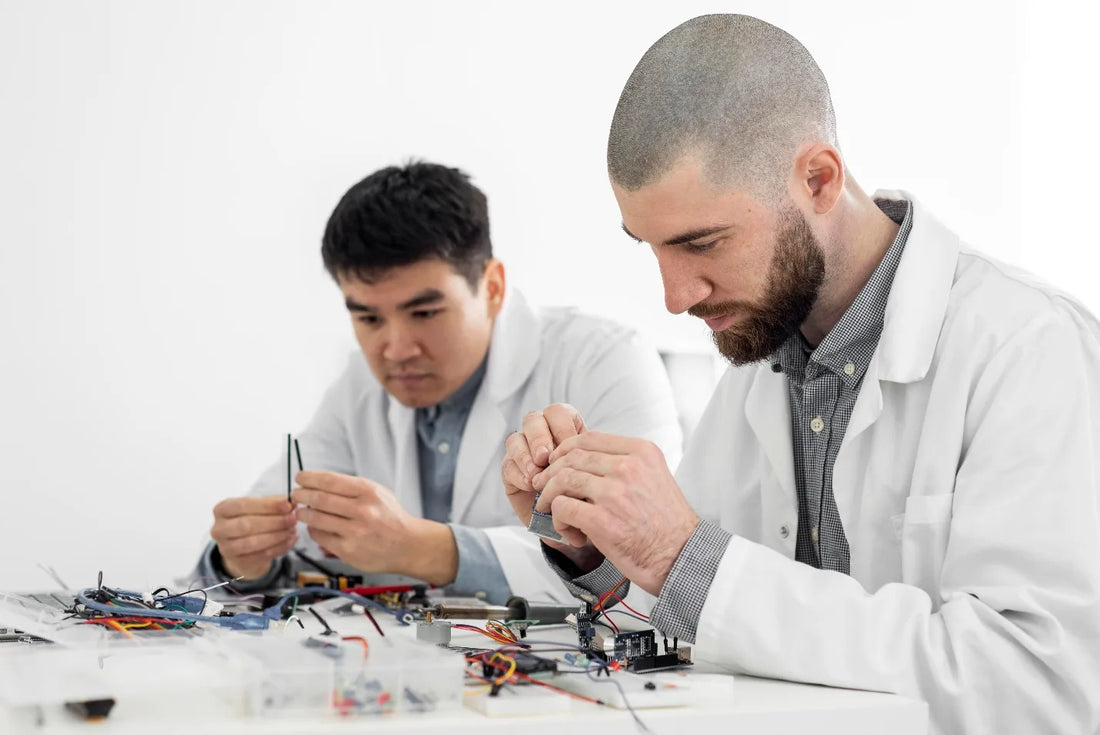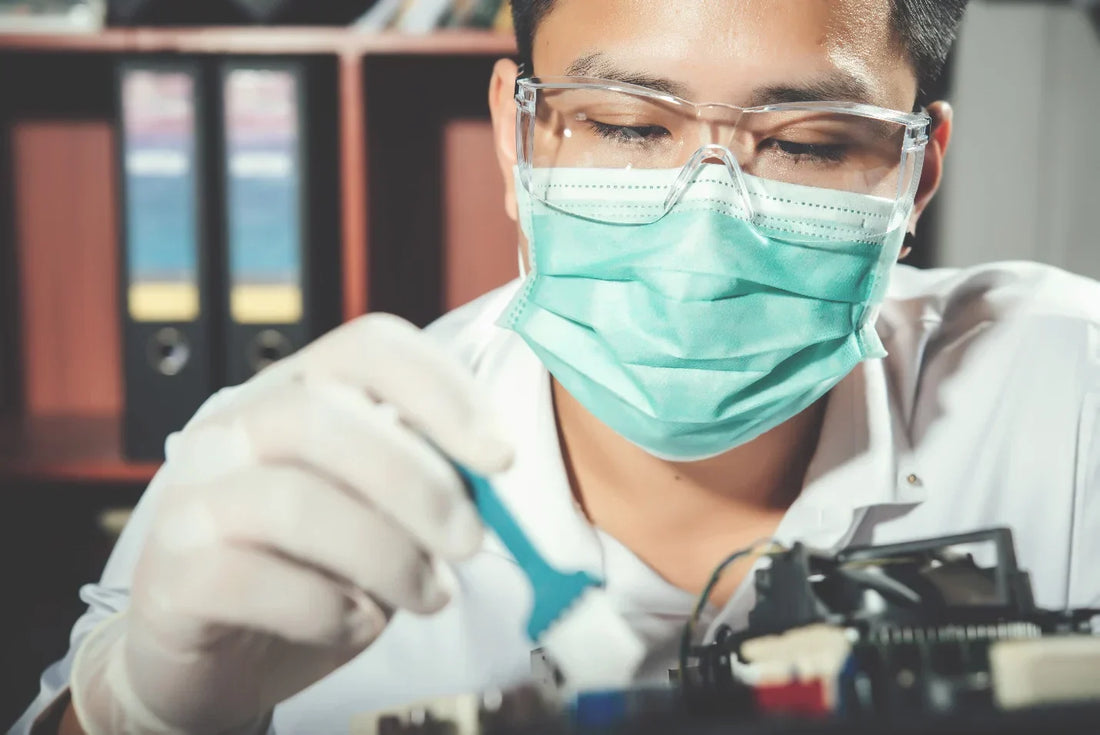Summer Laboratory Challenges: Maintaining Equipment Performance in High Heat

Summary
Summer heat places extraordinary stress on laboratory equipment, causing everything from refrigeration failures to calibration drift in analytical instruments. Effective summer lab equipment care and temperature control laboratory strategies are essential to prevent costly downtime and ensure accurate results during the hottest months of the year.
Introduction
While most laboratory managers focus on routine maintenance schedules, few adequately prepare for the unique challenges that summer heat brings to their facilities. In Southern California's hot climate, from San Diego to Los Angeles and throughout the region, ambient temperatures can push HVAC laboratory systems beyond their limits, creating a cascade of equipment performance heat issues that compromise research integrity and operational efficiency.
The reality is that temperature variations can trigger equipment malfunctions, affect sample integrity, and lead to emergency repairs. Understanding how heat impacts your equipment and taking preventive action can help maintain the reliability your research depends on.
How Summer Heat Affects Different Types of Lab Equipment
Refrigeration and Freezer Units Under Stress
Laboratory refrigerators and freezers work hardest during summer months when ambient temperatures rise. These units must fight against increased heat loads, causing compressors to run longer cycles and consume more energy. The additional strain can lead to component failure, particularly in older units that haven't received proper preventive maintenance.
Ultra-low temperature freezers are especially vulnerable, as they typically operate near their maximum cooling capacity. When room temperatures exceed design specifications, these critical storage units may struggle to maintain required temperatures, potentially jeopardizing valuable samples and research materials.
Incubators and Temperature-Sensitive Equipment
CO2 incubators and other temperature-controlled equipment face dual challenges during summer: maintaining precise internal conditions while compensating for external heat. This creates temperature fluctuations that can affect cell cultures, microbiological samples, and other heat-sensitive materials.
Equipment placed near windows or inadequately ventilated areas experiences even greater stress, as direct sunlight and poor air circulation compound the problem.
Analytical Instruments and Calibration Drift
Precision analytical instruments like spectrophotometers, chromatography systems, and microscopes are sensitive to temperature variations. Summer heat can cause thermal expansion in critical components, leading to calibration drift and unreliable results.
Mass spectrometers and other high-end analytical equipment often require stable environmental conditions to maintain accuracy. When these conditions aren't met, recalibration procedures become necessary.
Biosafety Cabinets and Airflow Systems

Biosafety cabinets depend on precise airflow patterns to provide protection and containment. Summer heat affects air density and can disrupt these critical airflow patterns, potentially compromising safety protocols. Additionally, HEPA filters may become less efficient as they work harder to maintain proper air changes per hour against increased thermal loads.
HVAC Systems and Laboratory Environment Control
The Critical Role of Proper Ventilation
Effective summer lab equipment care begins with understanding that laboratory HVAC systems aren't just about comfort, they're critical infrastructure that ensures equipment operates within specification. During summer, these systems must work overtime to remove heat generated by equipment while maintaining the precise temperature and humidity conditions that laboratory operations require.
Inadequate ventilation creates hot spots that can damage sensitive equipment and affect experimental results. This is particularly problematic in older laboratory buildings throughout California, where HVAC systems weren't designed for today's equipment heat loads.
Humidity Control and Its Impact on Equipment
Summer heat often brings increased humidity, which poses additional challenges for laboratory equipment. High humidity can cause condensation in analytical instruments, promote corrosion in metal components, and interfere with electronic systems.
Conversely, overcooling to combat heat can create excessively dry conditions that generate static electricity and affect hygroscopic samples. Maintaining proper humidity balance requires careful HVAC management throughout the summer months.
Energy Efficiency vs. Performance Trade-offs
Many laboratories face pressure to reduce energy costs during peak summer months, but compromising climate control can prove more expensive than any short-term utility savings. The cost of replacing damaged equipment or repeating compromised experiments typically exceeds energy savings.
Preventive Maintenance Strategies for Summer
Pre-Summer Equipment Inspections

Before temperatures peak, conduct comprehensive inspections of all temperature-sensitive equipment. Check refrigeration units for proper coolant levels, clean condenser coils, and verify that door seals maintain proper closure. For analytical instruments, verify that cooling systems are functioning optimally and that ventilation pathways are clear.
This proactive approach, aligned with R&D's testing to OSHA standards, helps identify potential problems before they become failures.
Filter Replacement and Cleaning Schedules
Summer places additional demands on filtration systems throughout the laboratory. HEPA filters in biosafety cabinets and fume hoods work harder during hot weather, requiring more frequent inspection and potential replacement. Clean filters ensure optimal airflow and equipment protection.
Air intake filters on equipment should be inspected more frequently during summer months, as increased HVAC operation can accelerate dust and debris accumulation.
Calibration and Performance Verification
Consider implementing more frequent calibration checks during summer months, particularly for temperature-sensitive analytical instruments. Document any patterns that emerge during hot weather, as this information helps predict future maintenance needs and can guide equipment replacement decisions.
Warning Signs Your Equipment is Heat-Stressed
Performance Indicators to Monitor
Watch for changes in equipment performance that may indicate heat stress. Longer startup times, increased noise levels, and fluctuating readings often signal that equipment is struggling with thermal loads. Temperature alarms, even brief ones, should be investigated rather than dismissed.
Monitor energy consumption patterns, as equipment working harder to maintain performance will typically show increased power draw.
When to Call for Professional Service
Don't wait for complete equipment failure. If you notice performance degradation, unusual sounds, or temperature variations beyond normal parameters, contact qualified service technicians promptly. R&D's expert certified repair services can diagnose heat-related issues before they cause permanent damage.
Early intervention through professional assessment often prevents minor issues from becoming major repairs.
Cost-Effective Solutions for Temperature Control
Used Equipment Options for Climate Control
Upgrading laboratory climate control doesn't always require significant capital investment. High-quality used HVAC equipment and specialized laboratory cooling systems can provide reliable performance while offering substantial savings compared to new installations.
R&D's comprehensive product range includes tested and certified used equipment that meets stringent performance standards.
Upgrade vs. Repair Decisions
Summer stress often reveals equipment that's reached the end of its reliable service life. When repair frequency increases or when equipment consistently fails during peak demand periods, replacement becomes worth considering.
Evaluate the total cost of ownership, including energy efficiency improvements and reduced maintenance requirements, when considering upgrade options.
Conclusion
Summer laboratory challenges require proactive planning and professional expertise to prevent costly equipment failures and maintain research integrity. By understanding how heat affects different types of equipment and implementing appropriate summer lab equipment care strategies, laboratories can maintain peak performance throughout the hottest months.
Don't wait for equipment failure to disrupt your research. Contact R&D Laboratory Equipment today for professional assessment of your summer preparedness and explore our range of certified used equipment solutions designed to keep your San Diego and Southern California laboratory running smoothly year-round.
Frequently Asked Questions (FAQs)
1. How often should I check my laboratory refrigerator temperatures during summer?
Consult your equipment manufacturer's recommendations and your laboratory's standard operating procedures for monitoring frequency during elevated ambient temperatures.
2. What temperature range should I maintain in my laboratory during summer?
Temperature requirements vary by equipment type and application. Check your equipment manuals and consult with manufacturers for specific environmental requirements.
3. How can I tell if my HVAC system is adequate for summer heat loads?
If your laboratory temperature varies significantly during the day or equipment shows signs of thermal stress, consult with HVAC professionals familiar with Southern California laboratory requirements to assess system capacity.
4. Should I schedule equipment maintenance differently during summer?
Many laboratories increase inspection frequency and schedule major maintenance before peak heat periods. Consult your equipment manuals and service providers for recommendations.
5. What's the most cost-effective way to improve laboratory cooling?
Start with proper insulation, seal air leaks, and ensure adequate ventilation. Professional assessment can identify the most effective improvements for your specific situation.
6. How does summer heat affect analytical instrument accuracy?
Temperature variations can cause thermal expansion in components, leading to calibration drift and measurement errors. Consult your instrument manuals for specific temperature requirements.
7. When should I consider replacing aging laboratory equipment?
If equipment frequently fails during summer months or requires extensive repairs to maintain performance, replacement may be more economical than continued repairs.
8. Can used laboratory equipment handle summer stress as well as new equipment?
Properly maintained and certified used equipment from reputable suppliers like R&D can provide reliable performance when properly serviced and maintained.
9. What emergency measures can I take if equipment overheats?
Immediately reduce heat loads where possible, improve ventilation, and contact professional service technicians. Never attempt major repairs without proper training.
10. How can I budget for summer-related equipment maintenance?
Consult with service providers about seasonal maintenance needs and establish relationships with qualified technicians before peak season to ensure availability.
